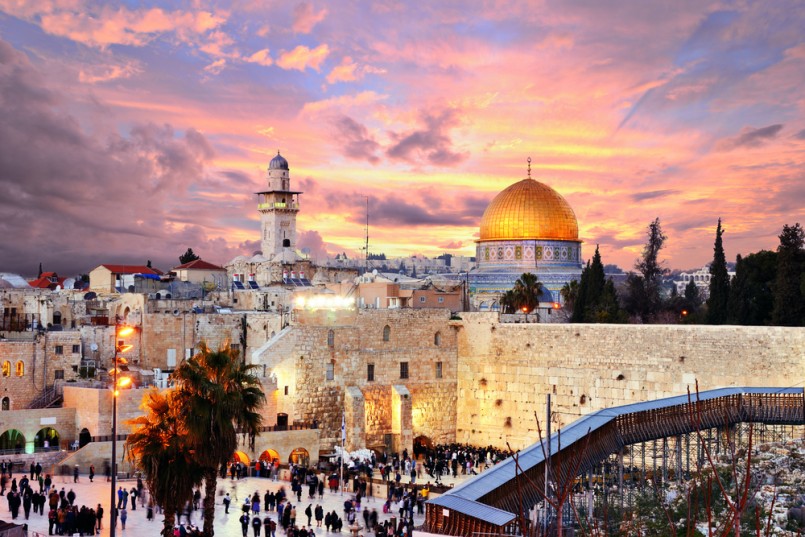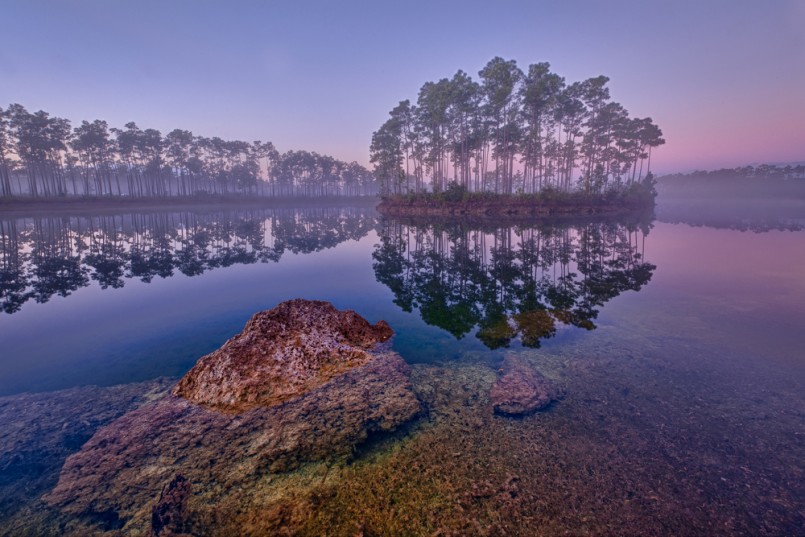Adventure Travel
These 4 UNESCO World Heritage Sites Are Officially Endangered

Image: Shutterstock/Sean Pavone
These 4 UNESCO World Heritage Sites Are Officially Endangered
Drones. Selfie sticks. Sharpies.
These are just a few of the ways ancient monuments have been destroyed by tourists. While you may not set out to make your physical mark on history, increased tourism and traffic through ancient sites and monuments have become a cause for concern. Since 1972, UNESCO has placed some of the most popular World Heritage sites on their List of World Heritage in Danger to track rapid deterioration in areas that may not be around much longer. Sites are added from all over the world every year.
Old City of Jerusalem and its Walls – Israel
In Jerusalem, the Dome of the Rock and Wailing Wall hold significance for billions of religious followers, esteemed archaeologists and travelers. UNESCO officials have delivered a preliminary plan to renovate living conditions and housing resources for the city’s current inhabitants, while preserving the architectural integrity of the city’s oldest structures. After a seven-year hiatus on a proposed action plan, the former UNESCO Director-General, Irina Bokova, declared plans are being evaluated by authorities of Jordan, Israel and Palestine in 2013.

Image: Shutterstock/Nagel Photography
Everglades National Park – United States
Not only are the Everglades a World Heritage Site, the sub-tropical forest is home to a variety of endangered animals and species. It’s the most popular breeding site for wading birds, like herons, storks and woodcocks and home to the endangered manatee. Pollution, climate change and the endangered status of local animals have resulted in a plan to improve the water bodies and plant life. The Everglades now belongs to the World Heritage Marine Program that works to conserve and improve marine World Heritage sites.
Timbuktu – Mali
One of the world’s oldest cities, Timbuktu joined the List of World Heritage Sites in Danger in 2012. An ancient trading city, Timbuktu linked Sub-Saharan and Northern Africa. Salt, gold and other natural resources were traded here. Today, Timbuktu’s ancient buildings and structures face decline due to desertification, which is the deterioration of land in desert climates. UNESCO recognizes climate change as an important factor in the site’s degradation, and through its World Heritage Earthen Architecture Program (WHEAP) aims to preserve Timbuktu and other sites in Africa and the Middle East.
Liverpool – England
The city of Liverpool gave the world more than The Beatles. Few know that Liverpool is a World Heritage Site, and an endangered one at that. Like Mali, Liverpool was an important trading center. Beginning in the 1800s and for the next two centuries, Liverpool served as the main travel hub and later on the location where America’s Founding Fathers set sail for their new homeland. Since undertaking new construction, the site has implemented a plan to preserve architectural quality of the docks.
Pollution and climate are the primary culprits behind the deterioration of many world heritage sites. As visitors, we can do our part by minimizing pollution and waste, regardless of where we are in the world. While you’re enjoying the world’s treasures keep in mind what you can do to preserve them for the next generation.





0 comments